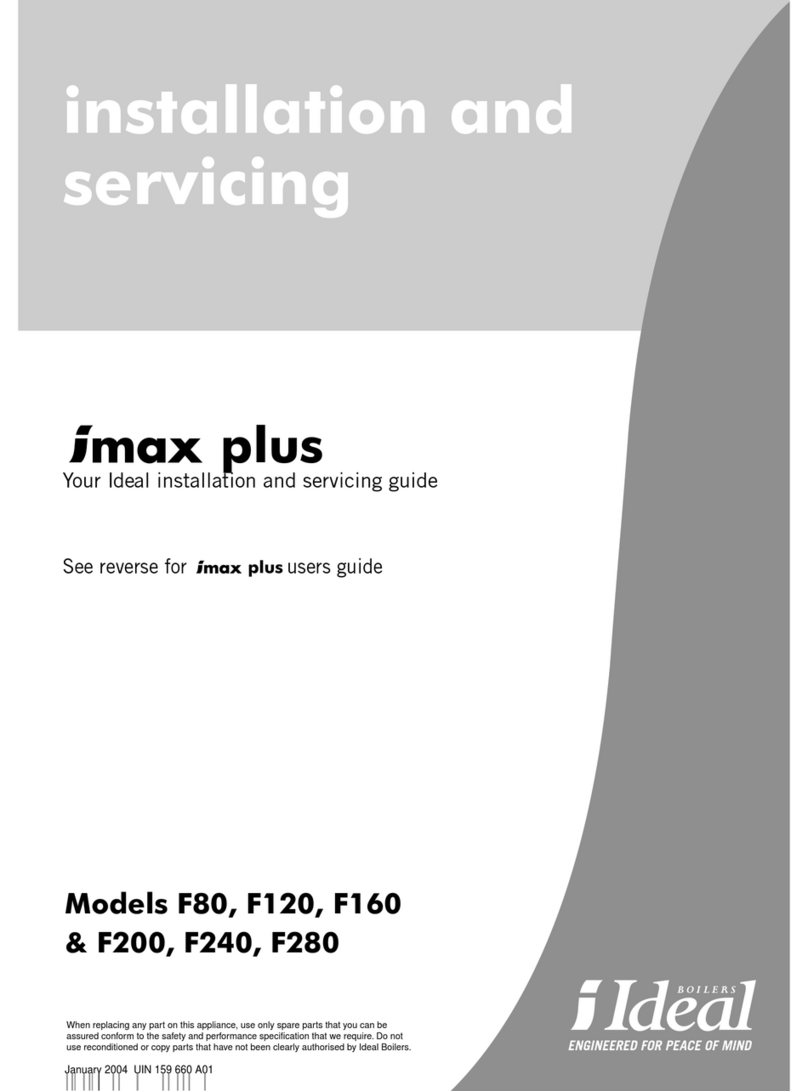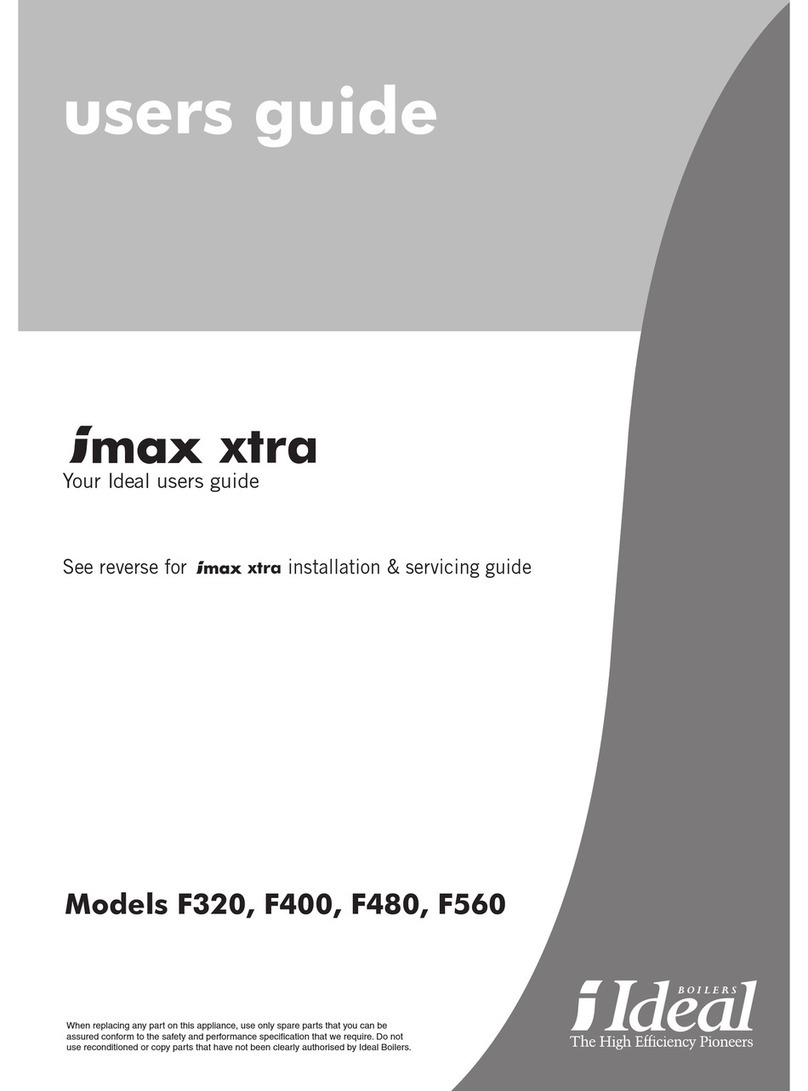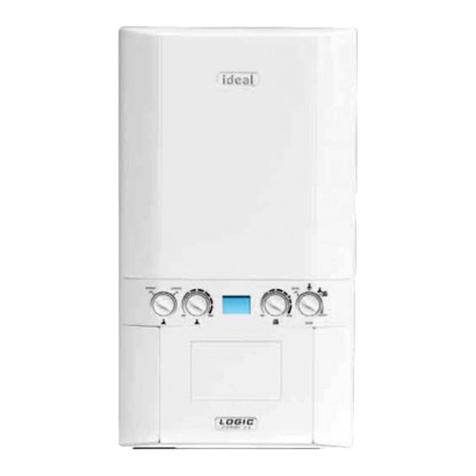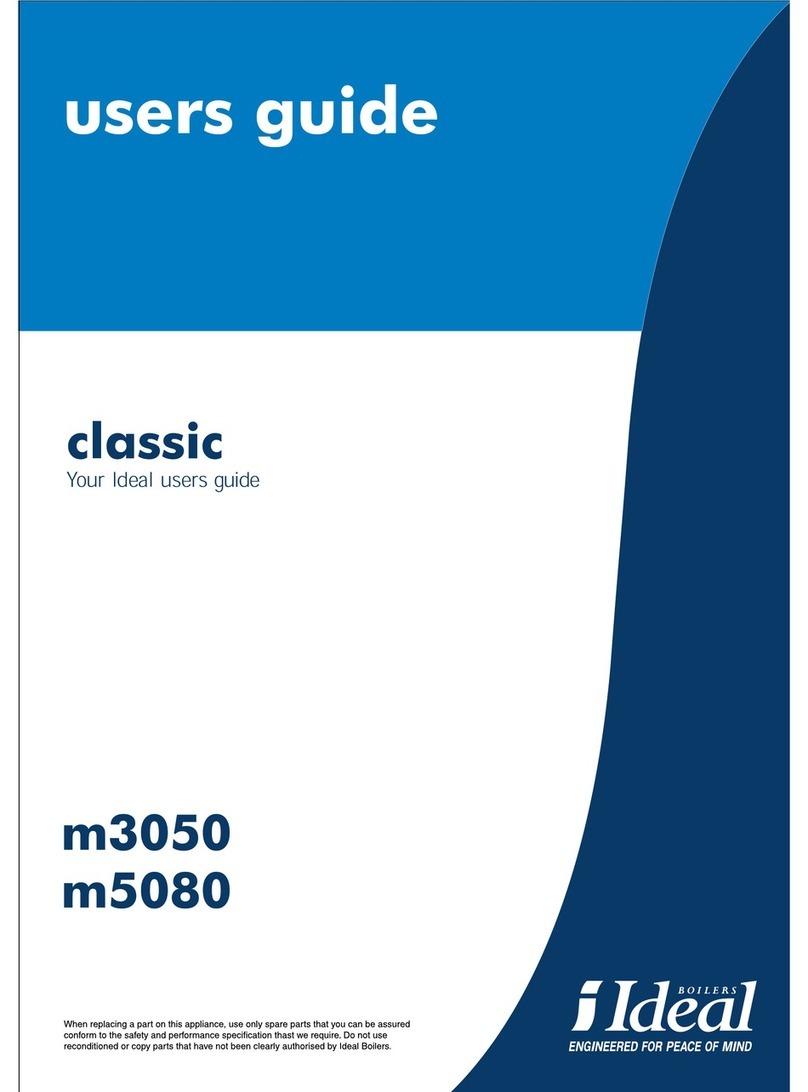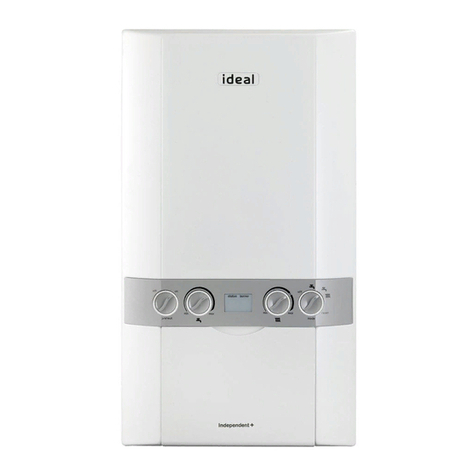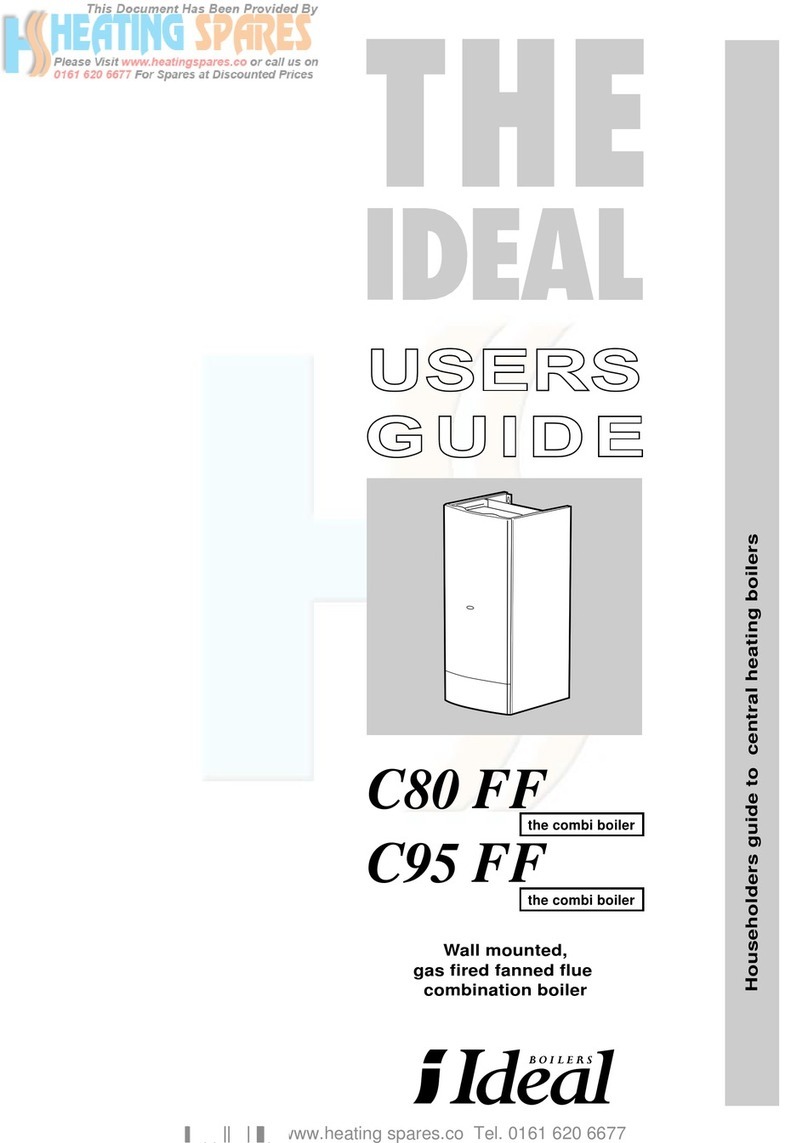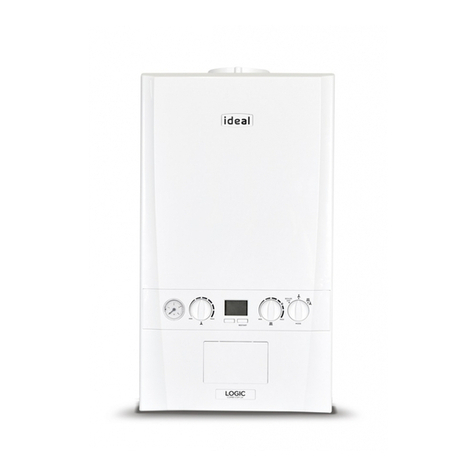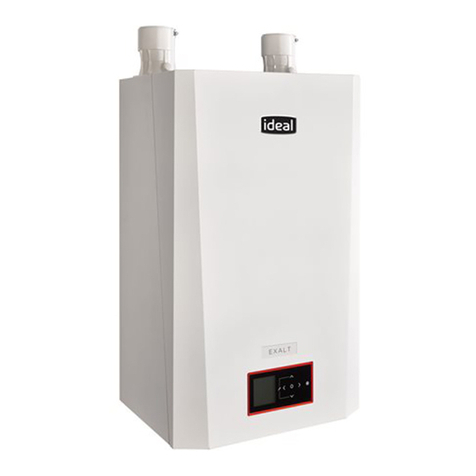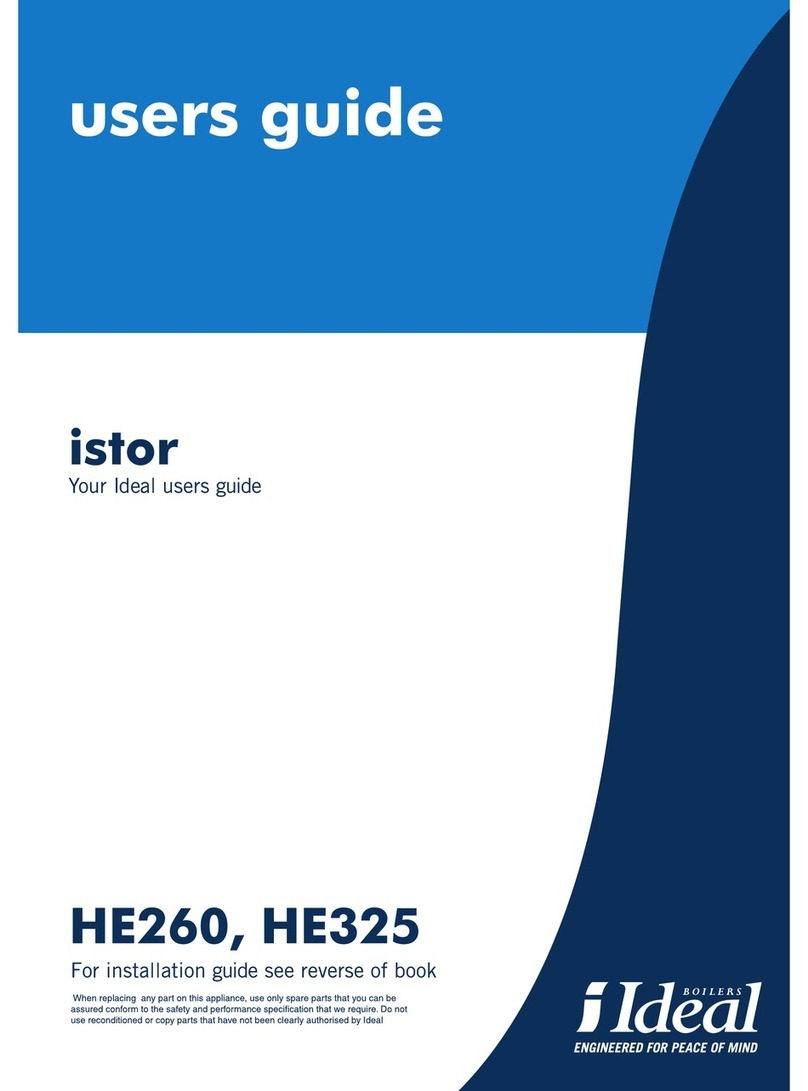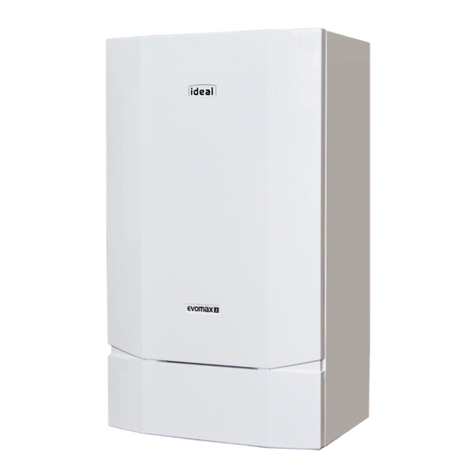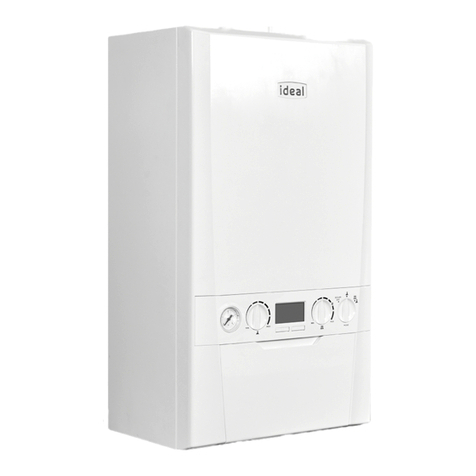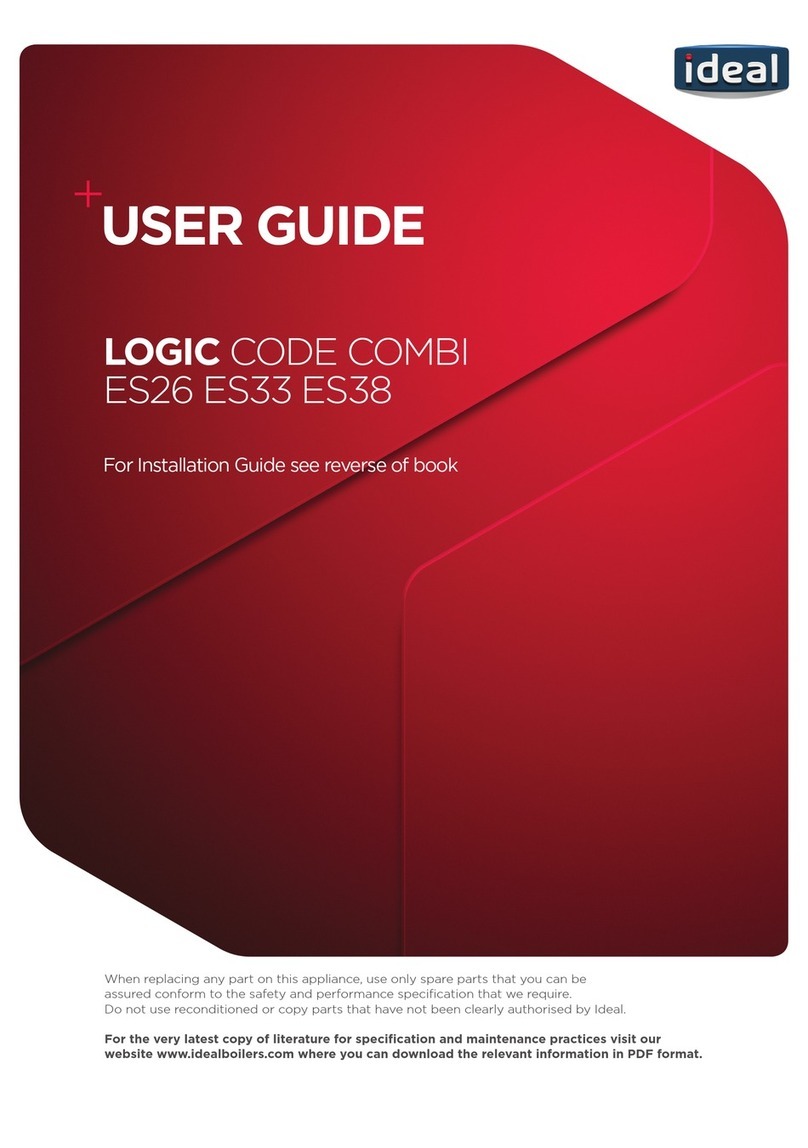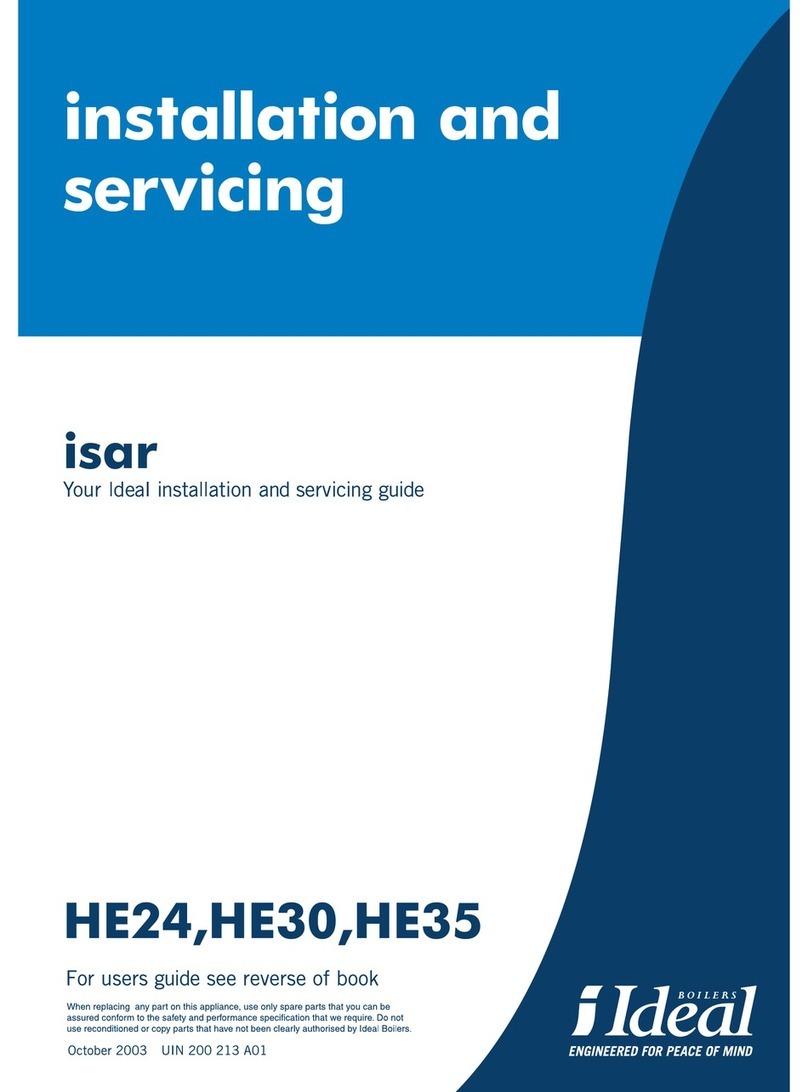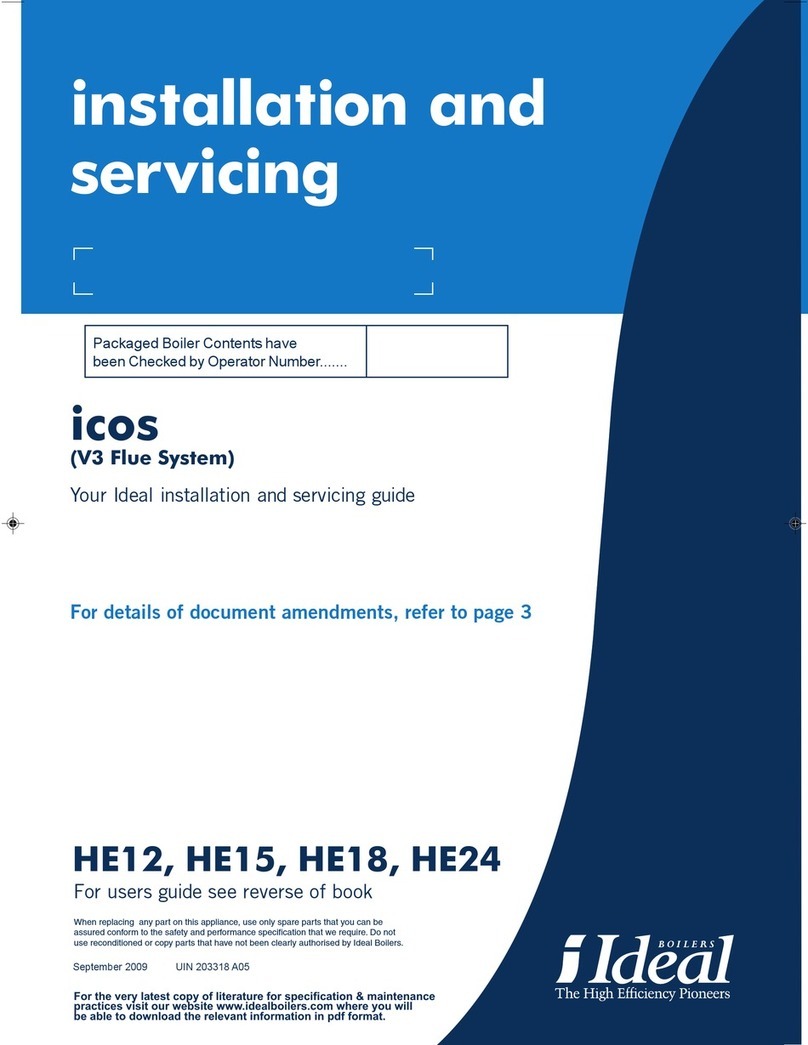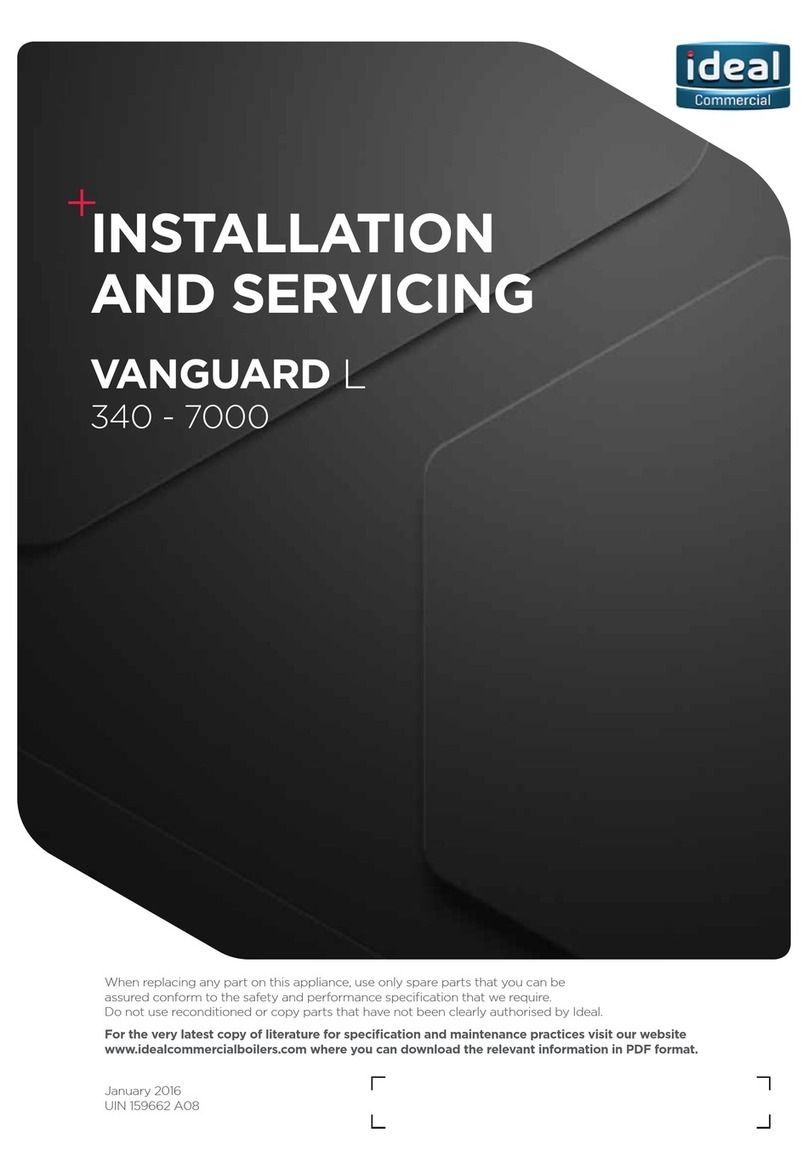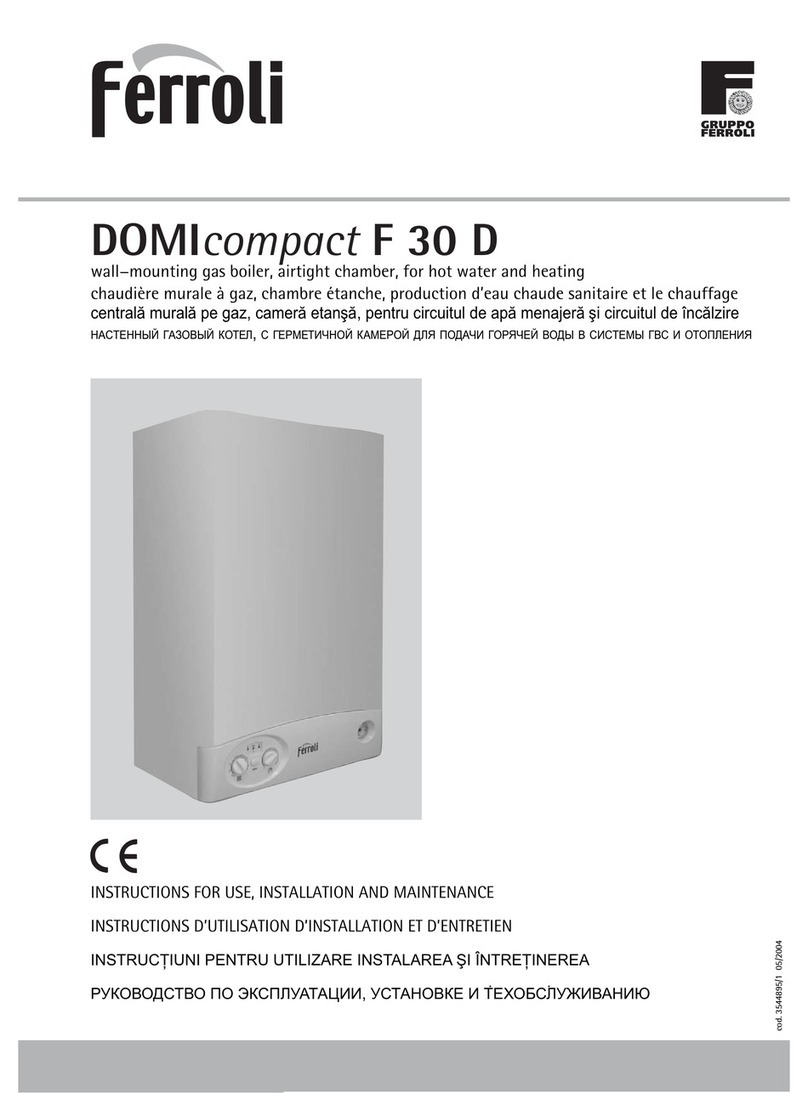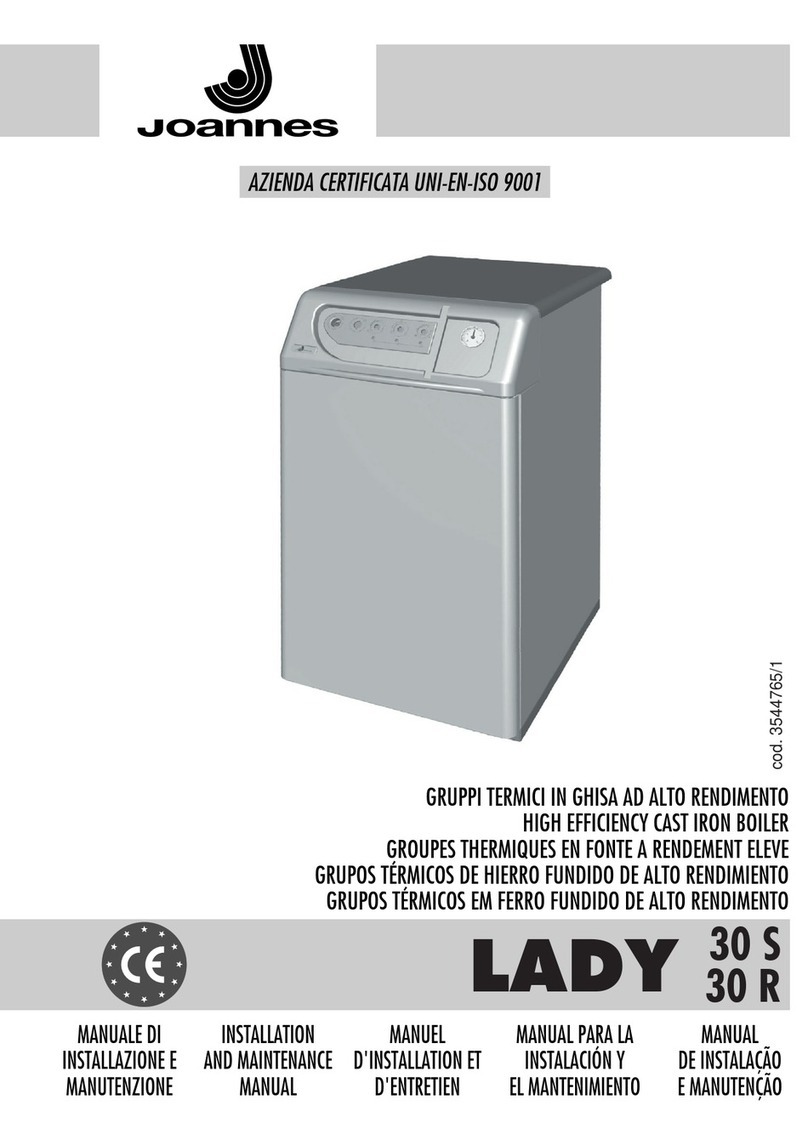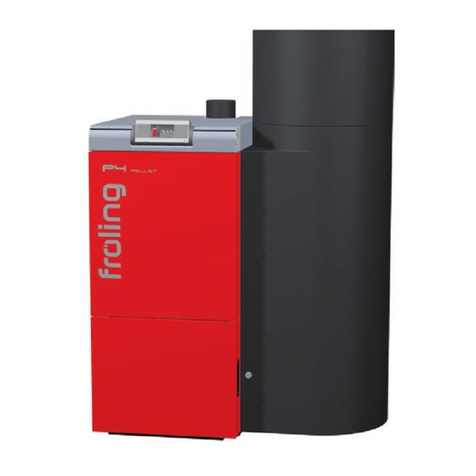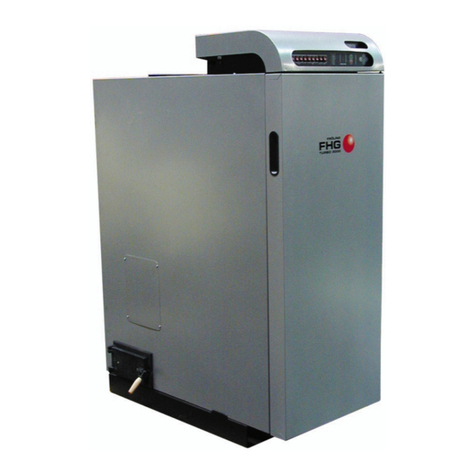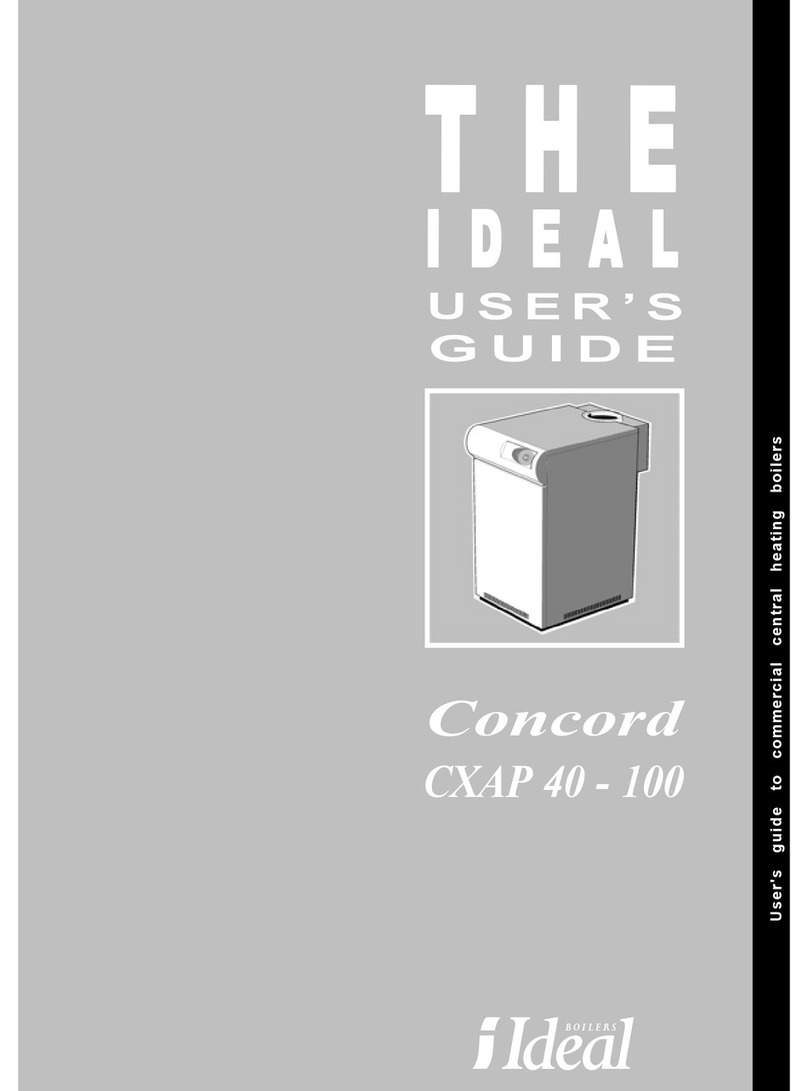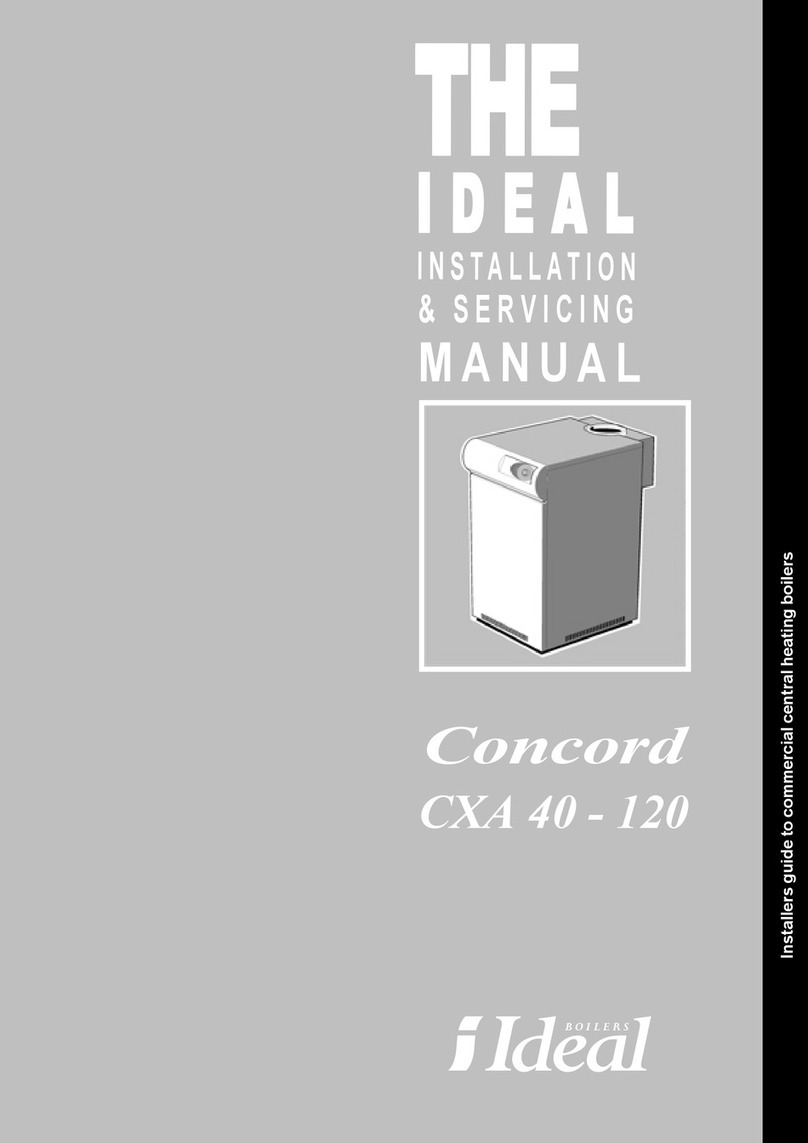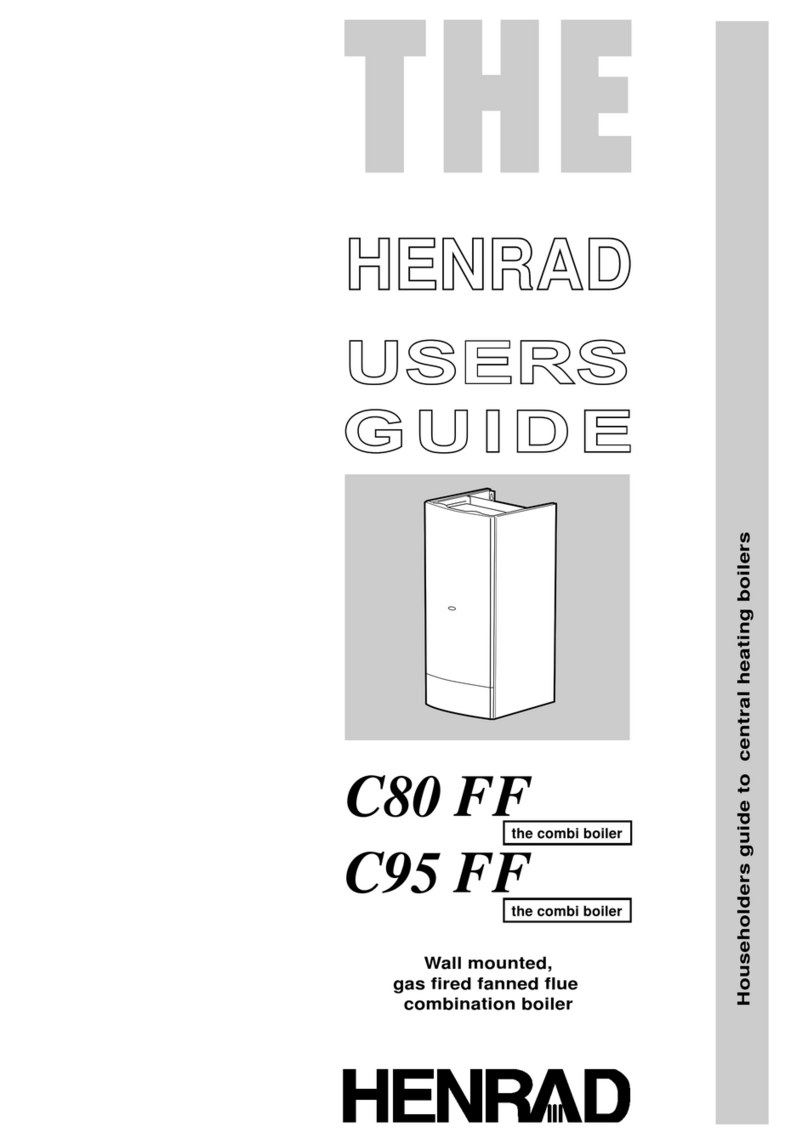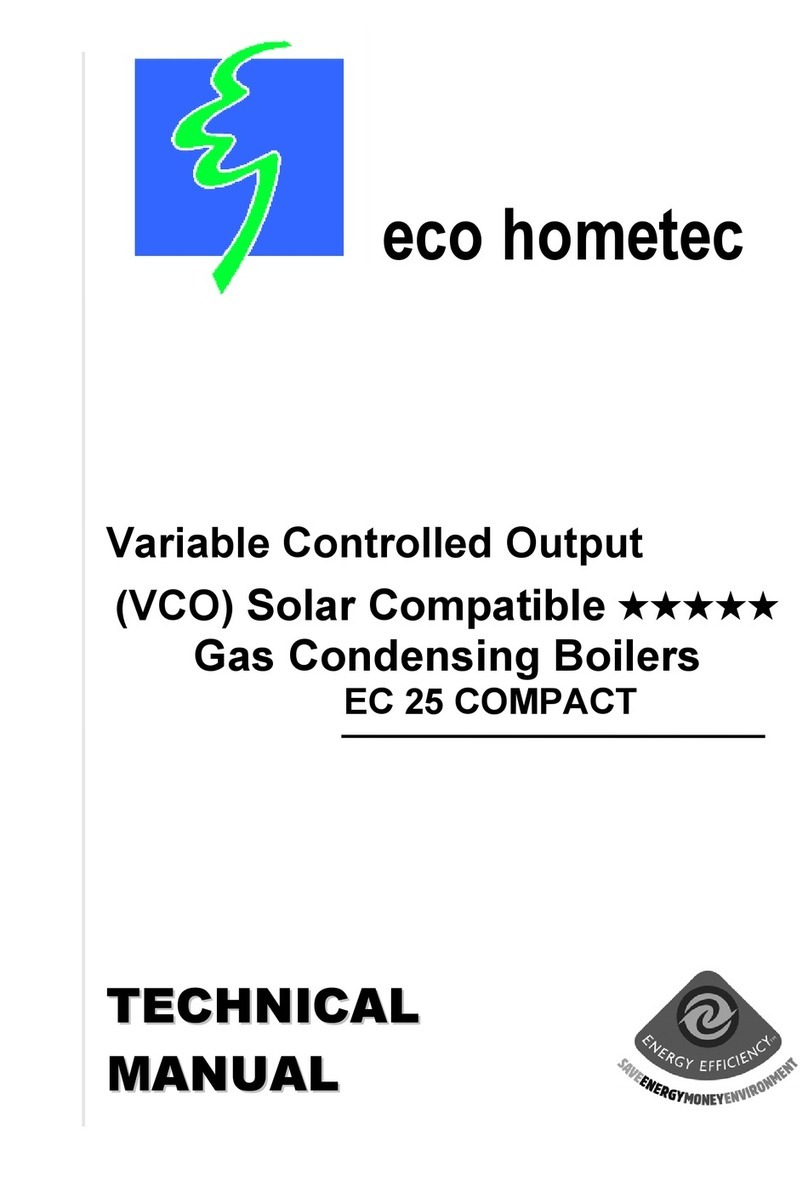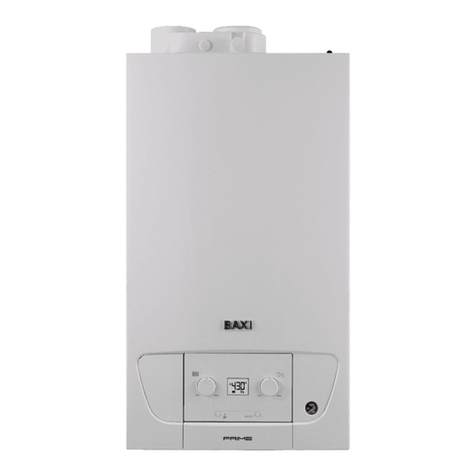SAFETY
Current Gas Safety (Installation and Use) Regulations or
rules in force.
It is law that all gas appliances are installed and serviced by a
Gas Safe Registered Engineer in accordance with the regulations
below. Failure to install appliances correctly could lead to
prosecution. It is in your own interest, and that of safety, to
ensure the law is complied with.
The following must be conformed with:
Current Building Regulations and Clean Air Act
Water Authority Regulations
Local Authority Regulations and Regional Bylaws
Gas Safety Regulations
Any special regional requirements of local Electricity and Gas
undertaking.
Fire Service and Insurance Company requirements.
In the interests of safety, a competent installer should
be employed to effect the installation of the appliance.
Manufacturer's notes must NOT, in any way, be taken as over
riding statutory obligations.
The installation of the boiler MUST also be in accordance with
the latest I.E.E. (BS7671) Wiring Regulations, local buildings
regulations, bye-laws of the local water authority, the building
regulations and the Building Standards (Scotland) and any
relevant requirements of the local authority.
Detailed recommendations are contained in the following Codes
of Practice:
BS 799 Pt4 & 7 Oil burning equipment.
BS 799 Pt5 Oil storage tanks.
BS 5410 Pt2 Installation for space heating, hot water and
steam supply.
BS 5854 Flues and flue structures in buildings.
BS 5885 Pt1 Gas burners - with inputs 60kW and above.
BS 6644 Installation of gas fired hot water boilers of rated
input between 70kW and 1.8MW net (2nd and
3rd family gases).
BS 6880 Low temperature hot water heating systems of
output greater than 45kW.
Part 1 Fundamental and design considerations.
part 2 Selection of equipment.
part 3 Installation, commissioning and maintenance.
BS 6891 Installation of low pressure gas pipework of up
to 28mm (R1) in domestic premises (2nd family
gas).
EN 303.1 Heating boilers with forced draught burners.
General requirements.
EN 303.2 Heating boilers with forced draught burners with
atomizing oil burners.
EN 304 Test code for heating boilers for atomizing oil
burners.
2006/95 EEC Low voltage directive. (Relevant standard is
EN60335.1)
2004/108 EEC Electromagnetic Compatibility Directive.
(Relevant standards are EN50081.1, EN50082.1
and EN55014.)
92/42 EEC Boiler Efficiency Directive
2009/142 EEC Gas Devices Directive. (Relevant
standards are EN303.1, EN303.2 and
EN304.)
IGE/UP/1 Soundness testing and purging
of industrial and commercial gas
installation.
IGE/UP/2 Gas installation pipework, boosters
and compressors on industrial and
commercial premises.
IGE/UP/10 Installation of gas appliances in industrial
and commercial premises.
SAFE HANDLING OF SUBSTANCES
Care should be taken when handling the boiler insulation
panels, which can cause irritation to the skin. No
asbestos, mercury or CFCs are included in any part of
the boiler or its manufacture.
GAS SUPPLY
The local gas supplier should be consulted, at the
installation planning stage, in order to establish the
availability of an adequate supply of gas. An existing
service pipe must NOT be used without prior consultation
with the local gas supplier.
A gas meter can only be connected by the local gas
supplier or by a Gas Safe Registered Engineer.
An existing meter should be checked, preferably by the
gas supplier, to ensure that the meter is adequate to deal
with the rate of gas supply required. A minimum working
gas pressure of 17.5mbar MUST be available at the
boiler inlet for Natural gas and 37mbar for Propane.
Do not use pipes of smaller size than the burner inlet gas
connection.
The complete installation MUST be tested for gas
soundness and purged in accordance with the
appropriate standards listed above.
Gas Boosters
A gas booster is required if the gas pressure available
at the burner is lower than that required by the burner
manufacturer to attain the flow rate for maximum burner
input rating.
Location of the booster requires careful consideration
but should preferably be closer to the burner rather than
the gas meter. Ventilation should also be considered to
ensure ambient temperatures do not exceed designed
recommendations. Further guidance is provided in IGE/
UP/2 as listed above.
FLUE INSTALLATION
IMPORTANT
It is the responsibility of the installer to ensure that
products of combustion discharging from the terminal
cannot re-enter the building or any other adjacent
building.
Fan dilution systems may be incorporated into the flue
system. However, ventilation must take into account
the additional air requirement of the boiler house and
interlocking must be provided to ensure adequate air
flow is attained before burner operation proceeds.
The flue must be installed in accordance with the
appropriate standards listed.
GENERAL


